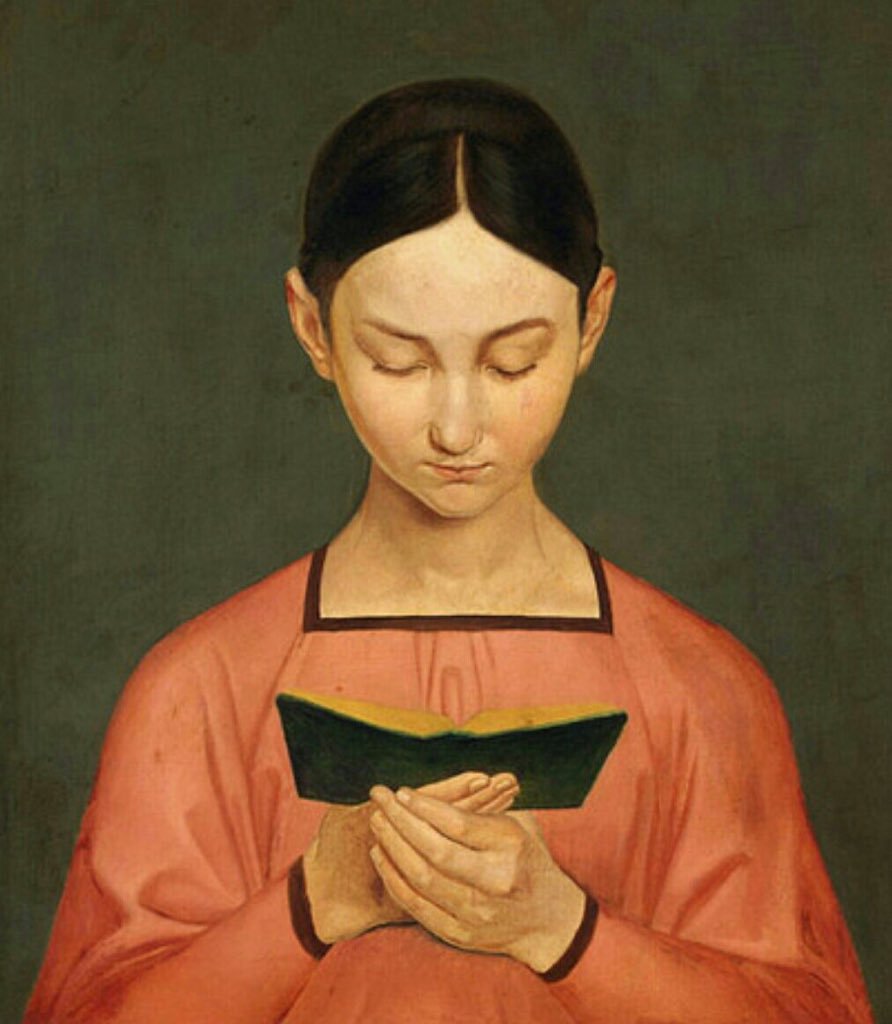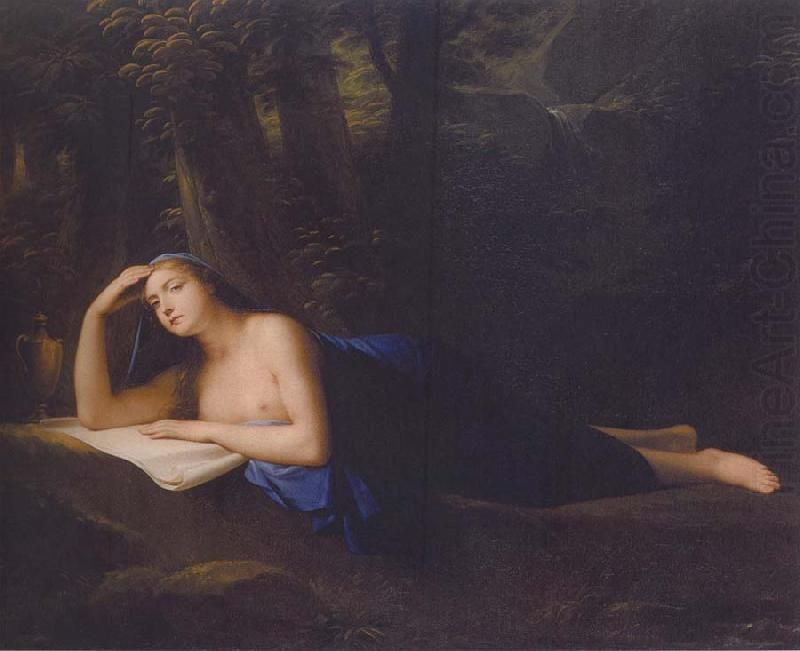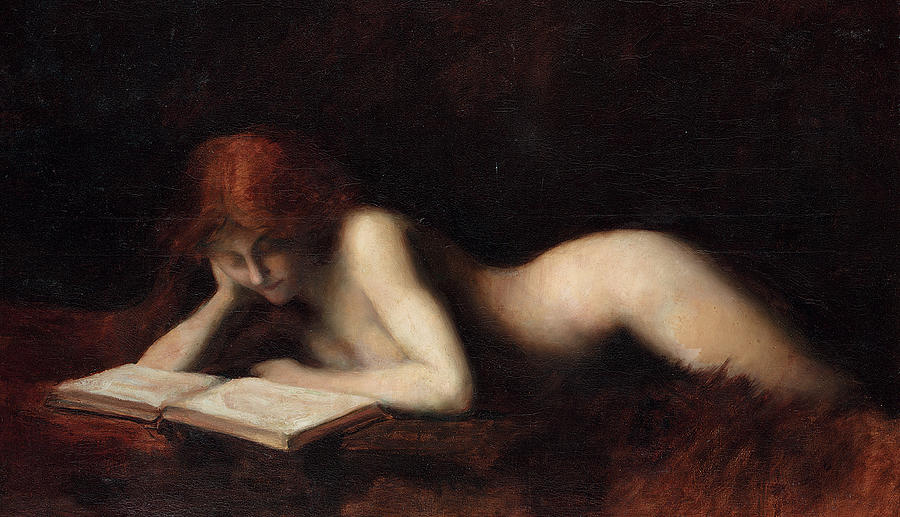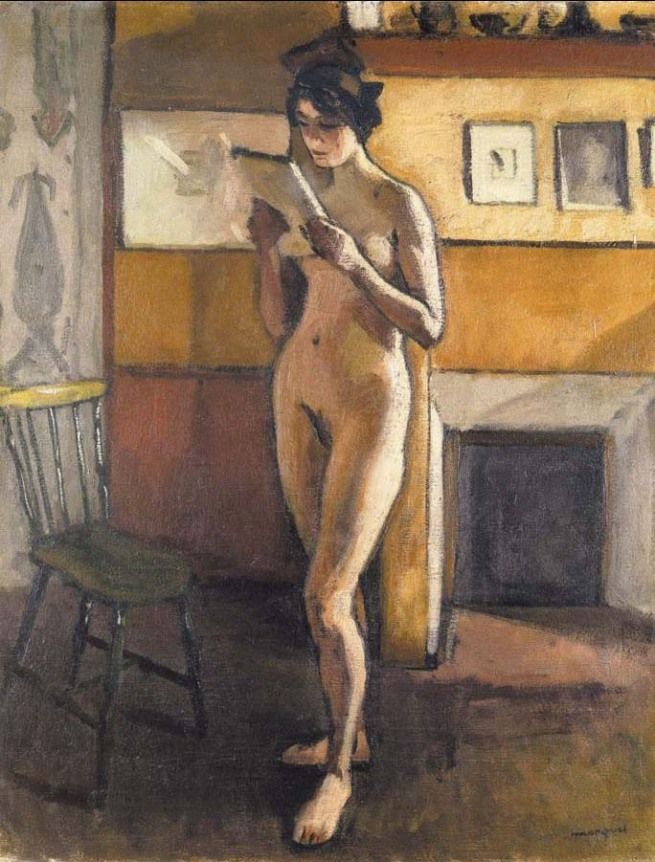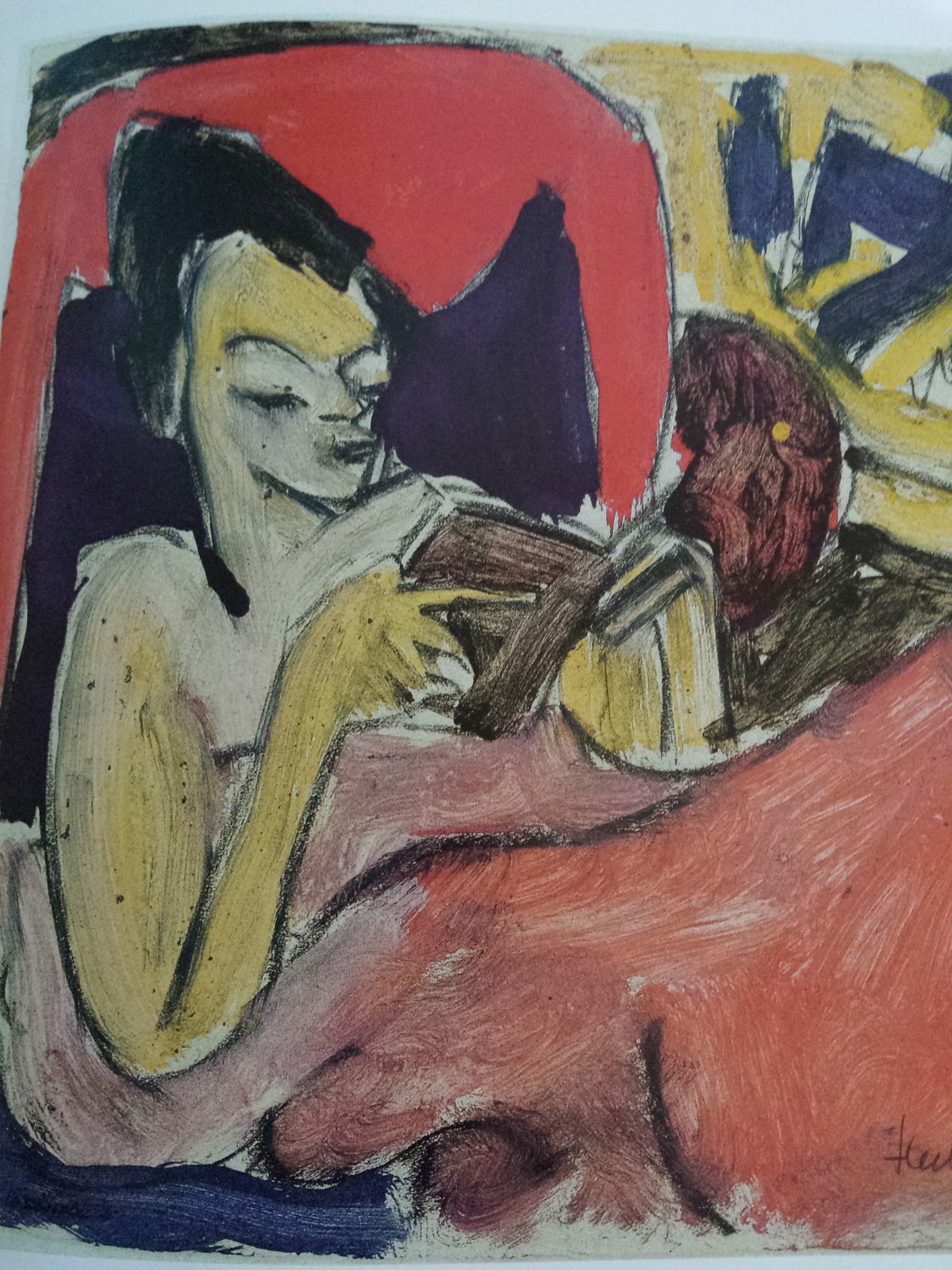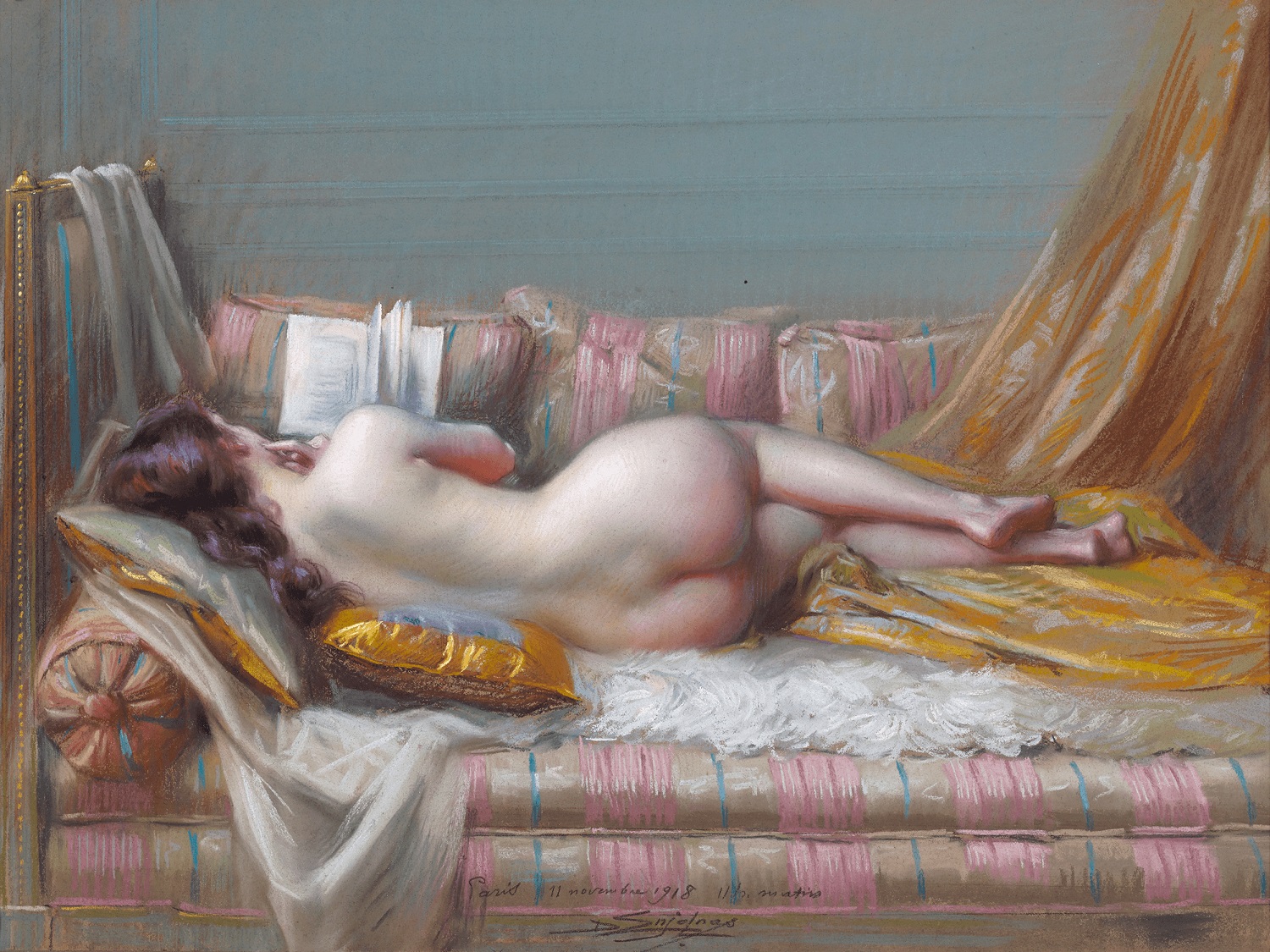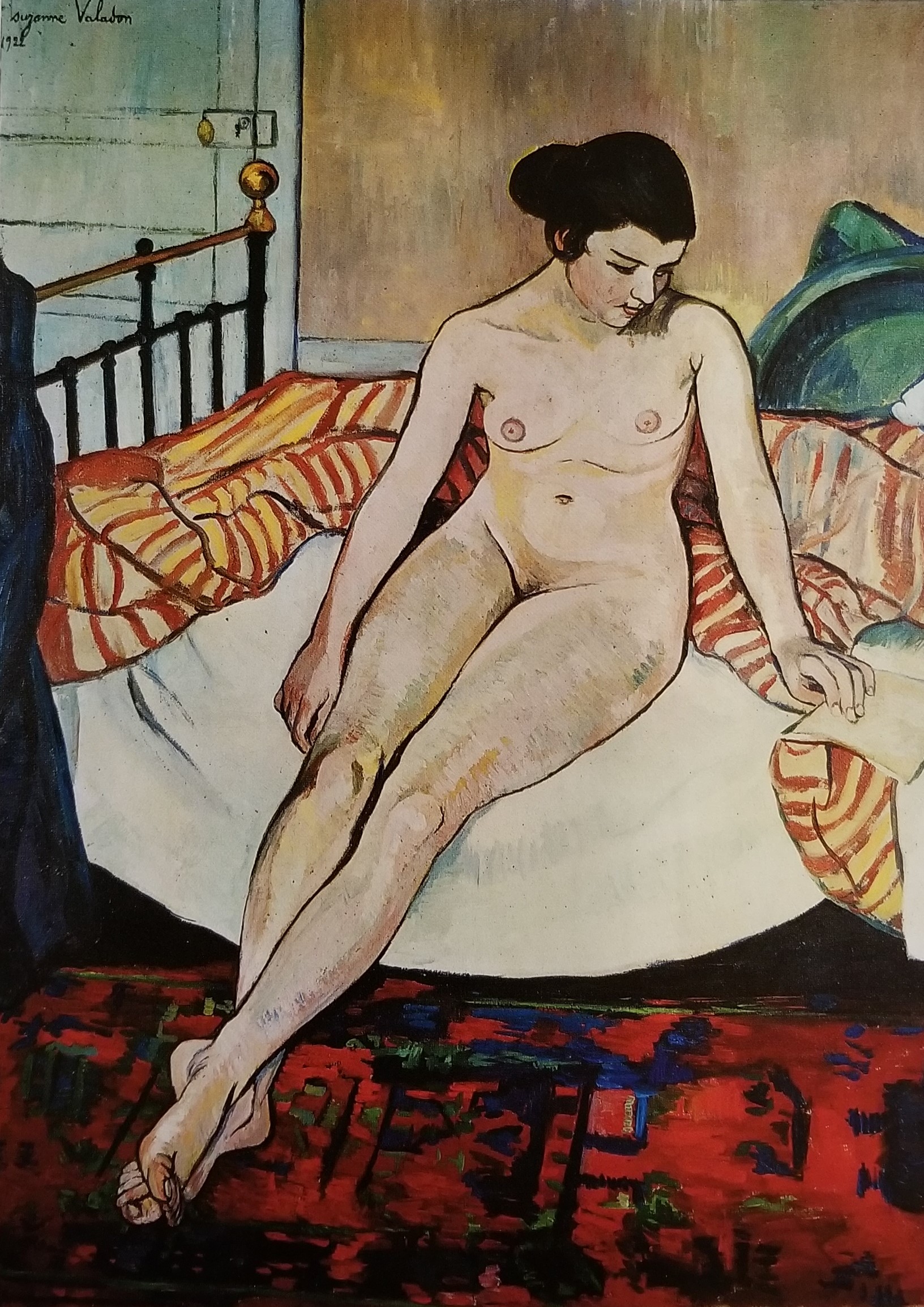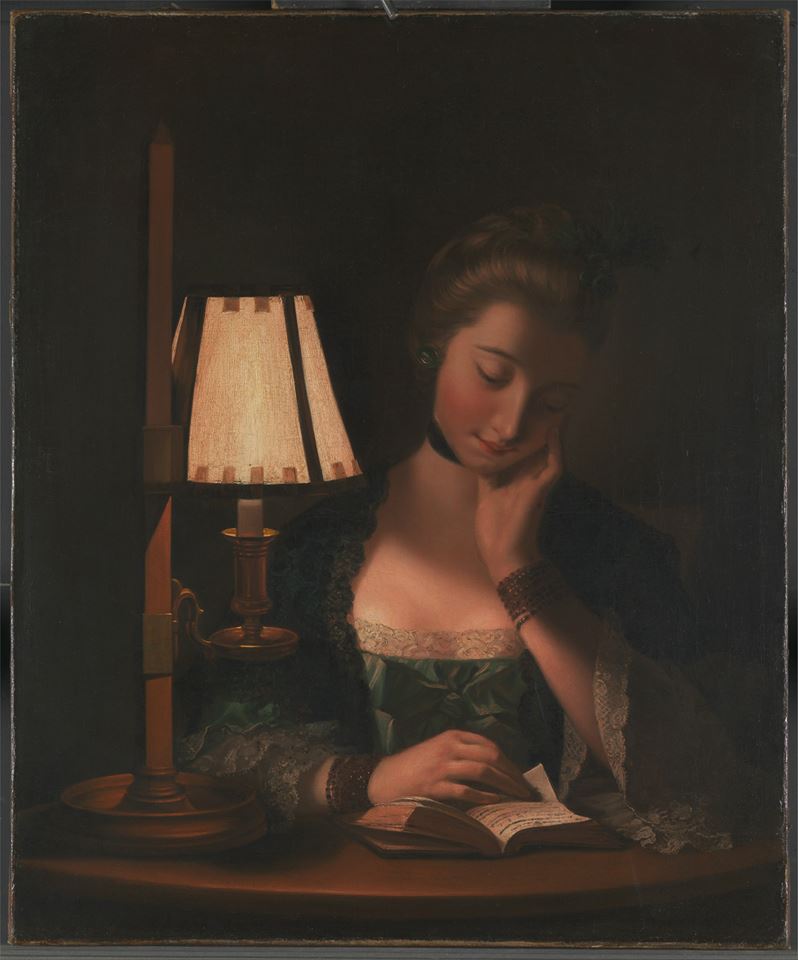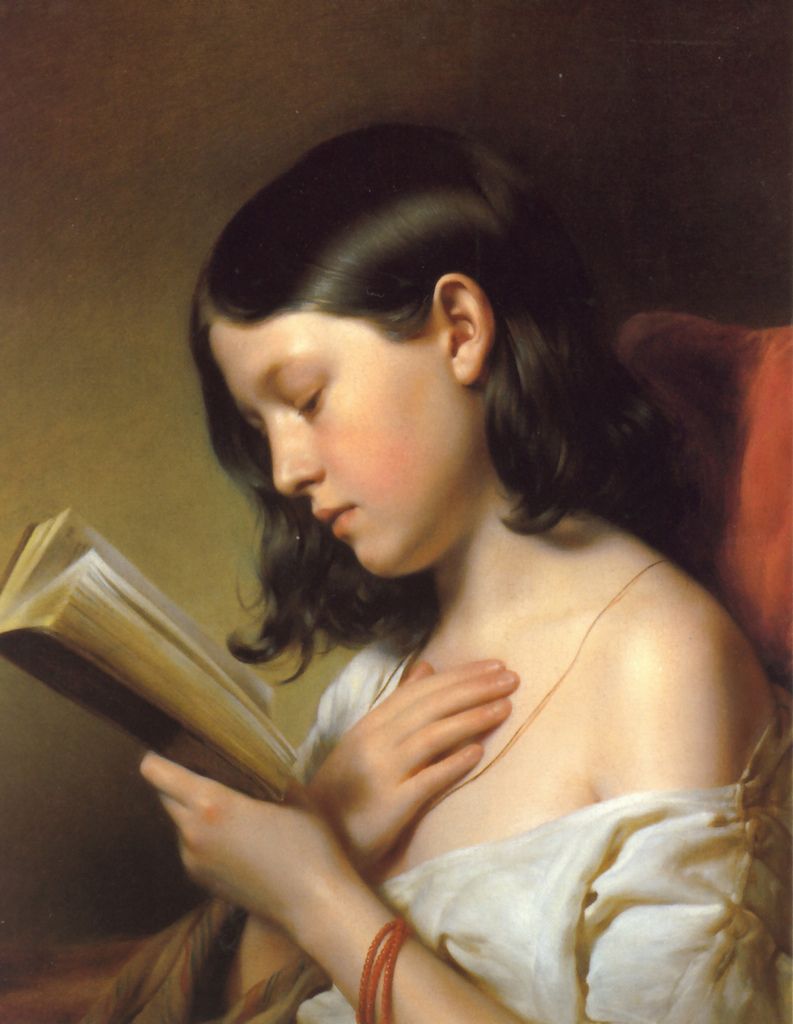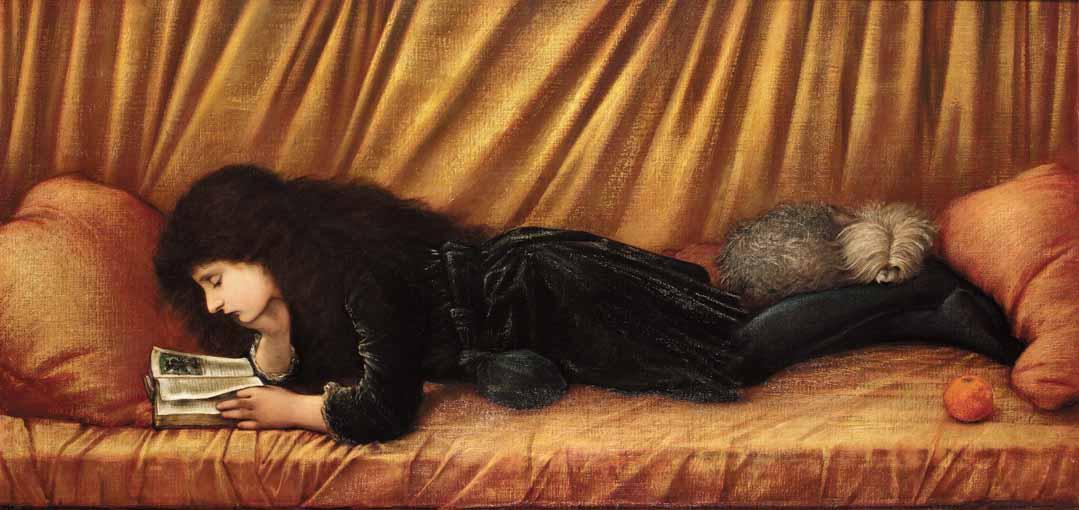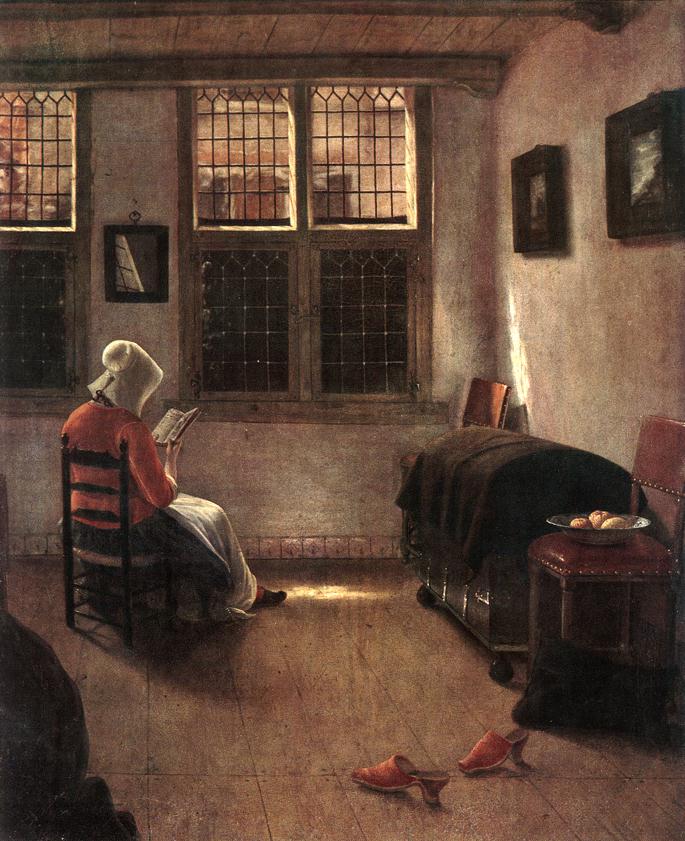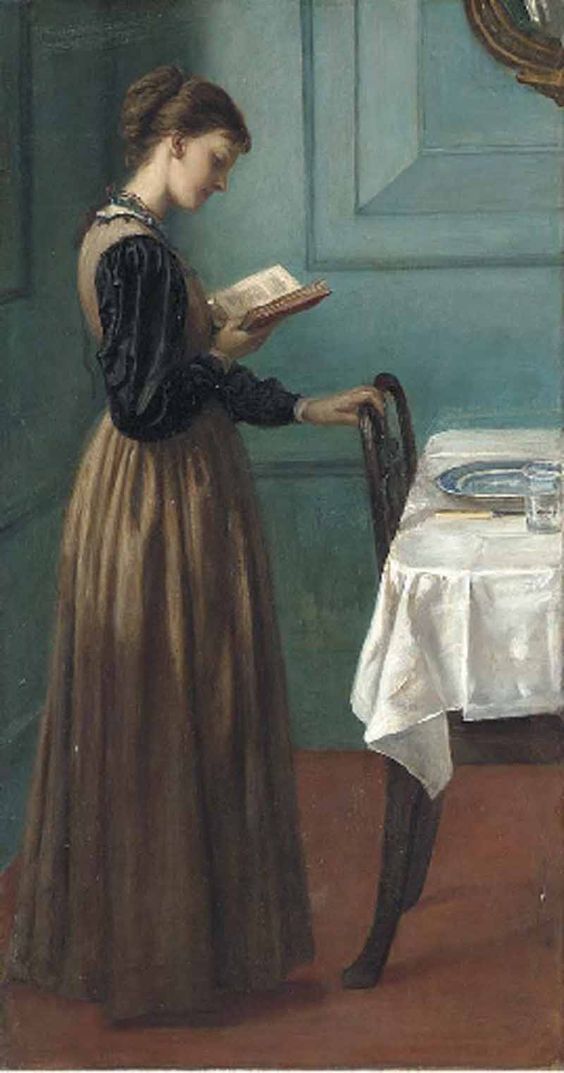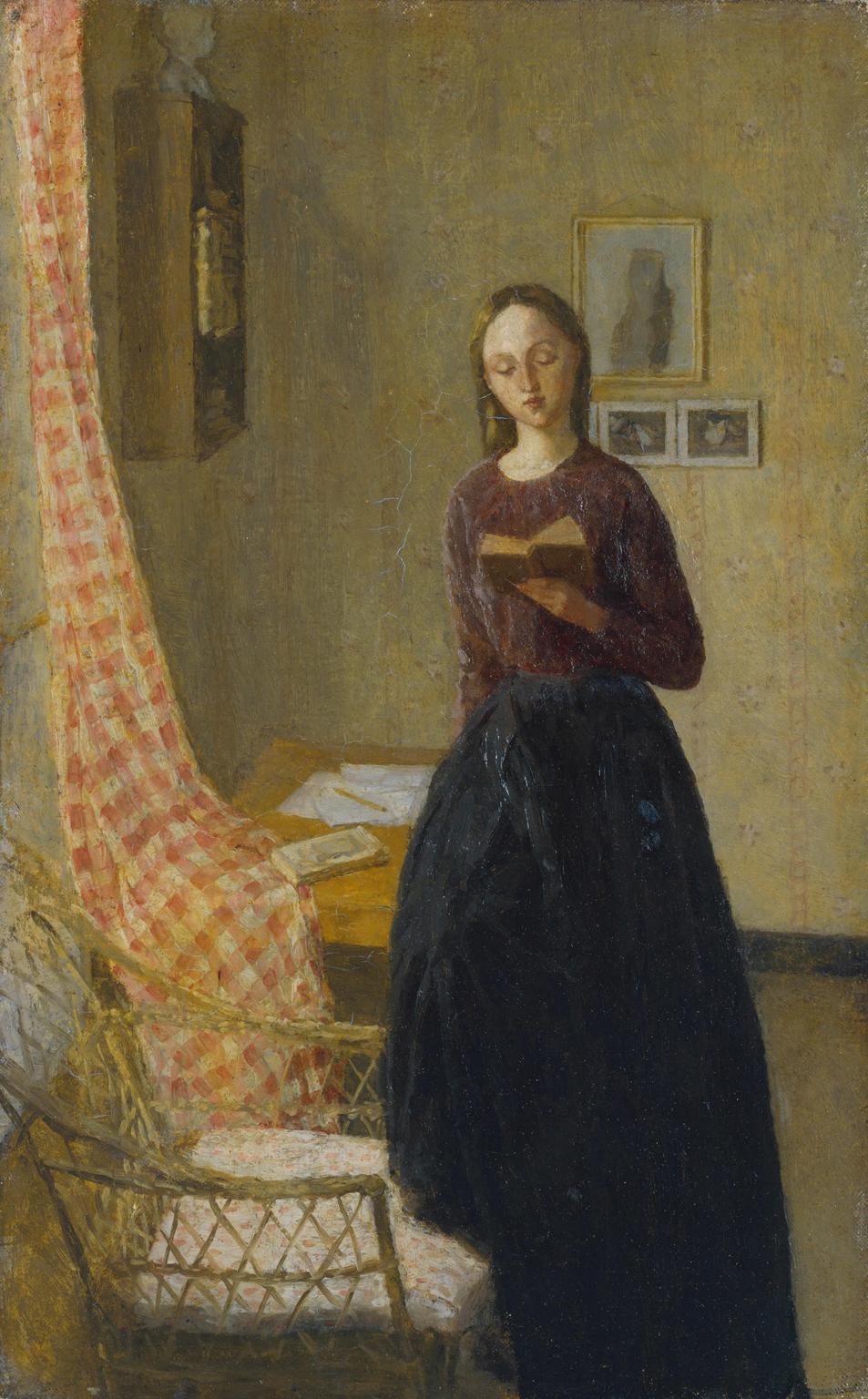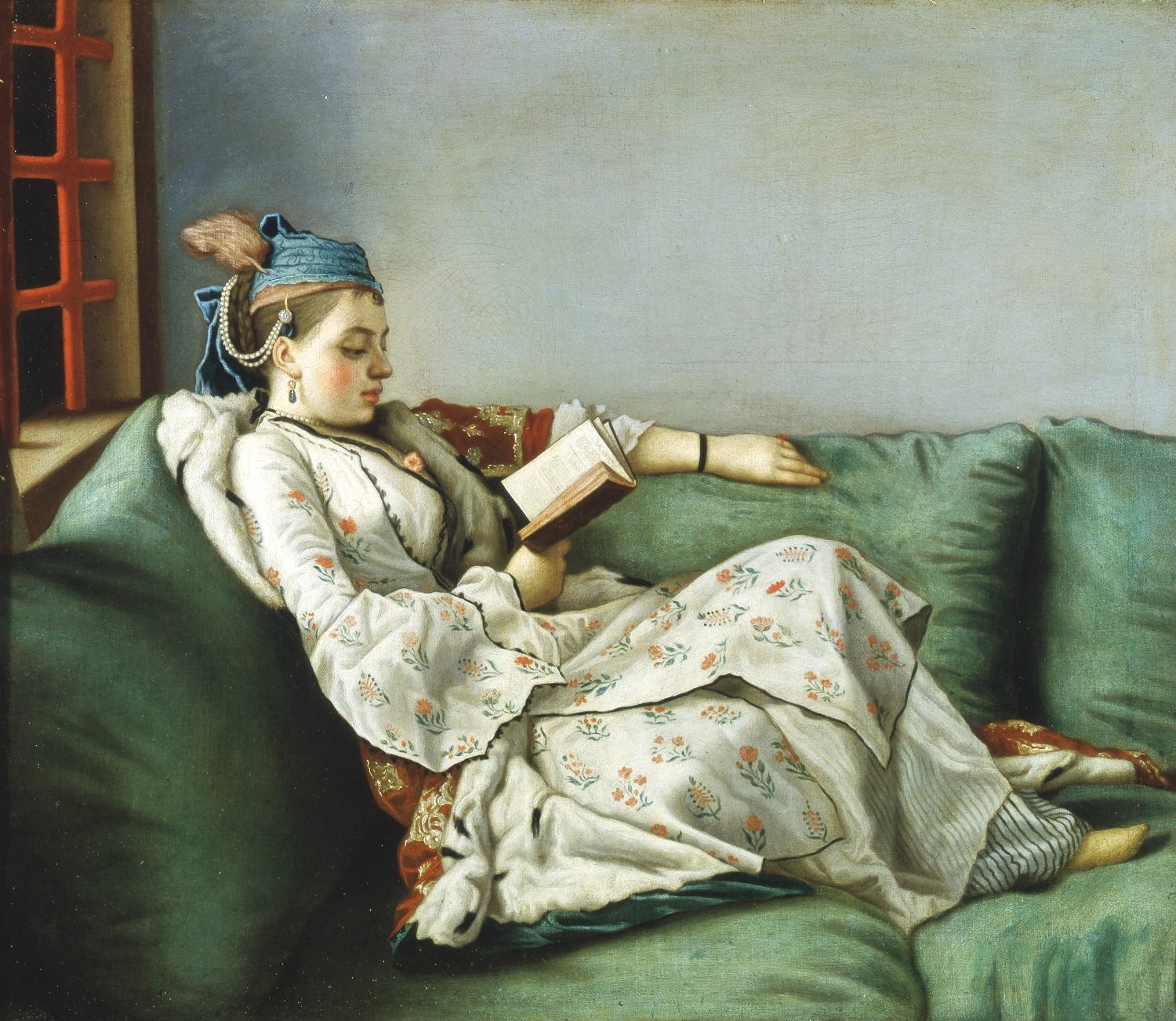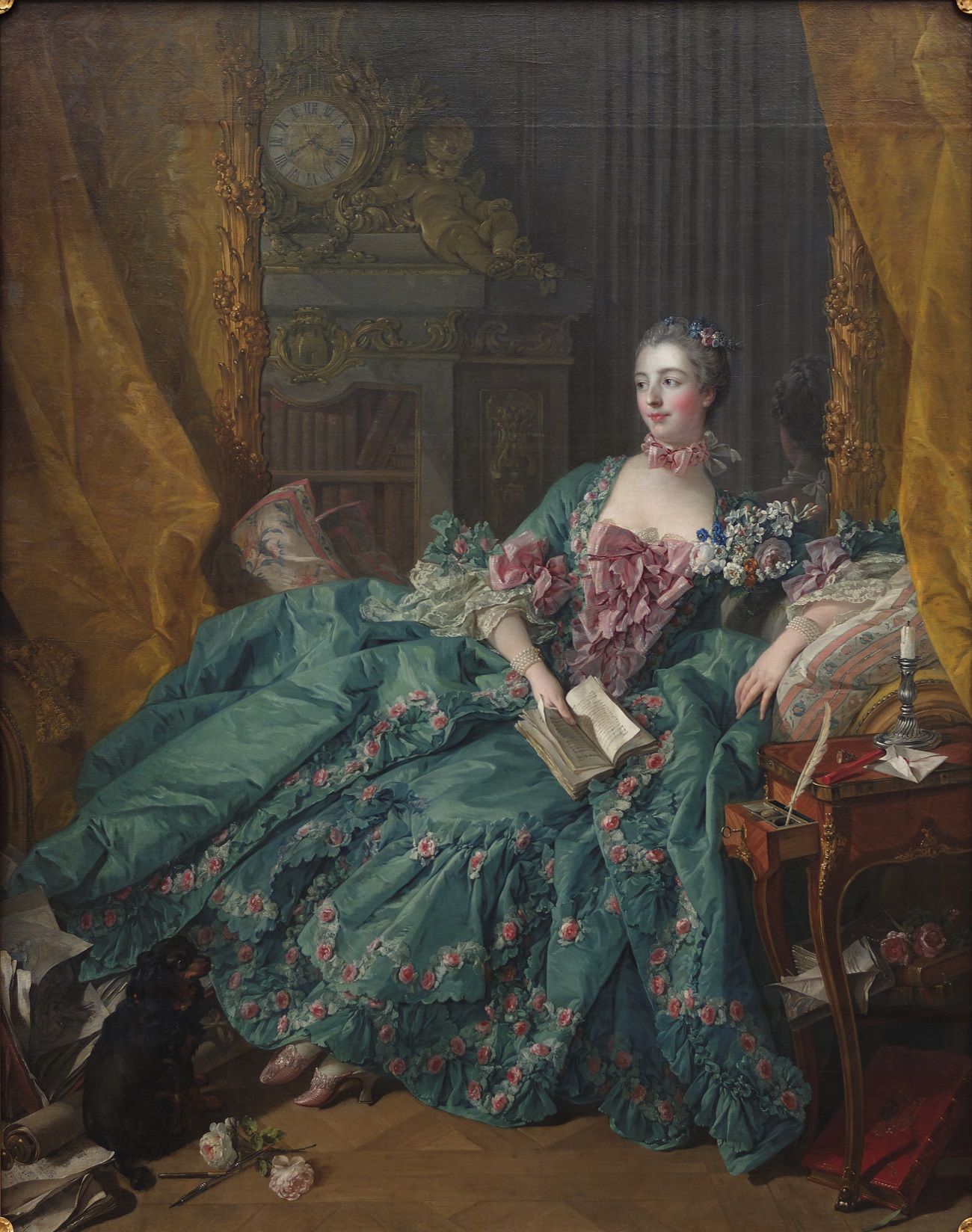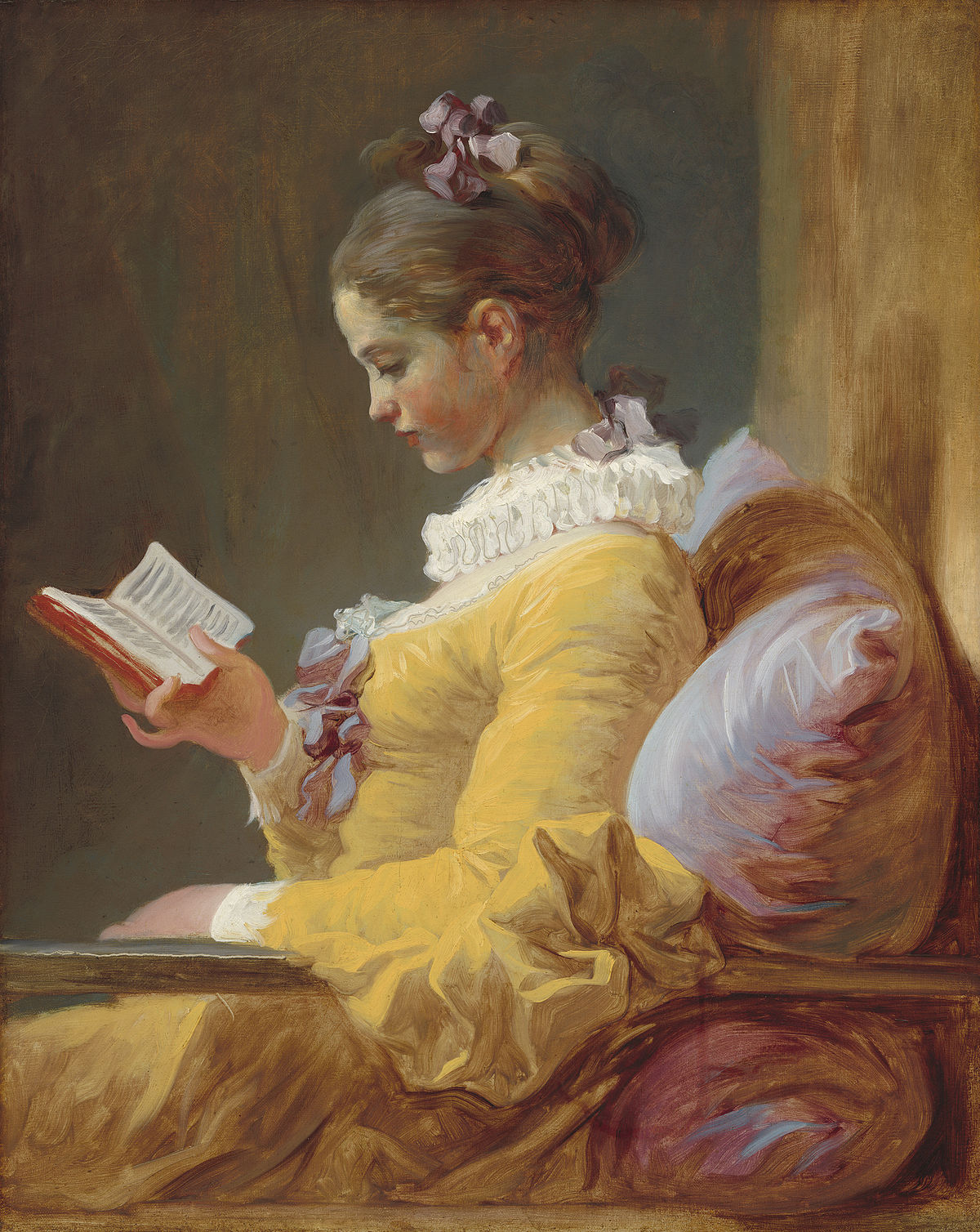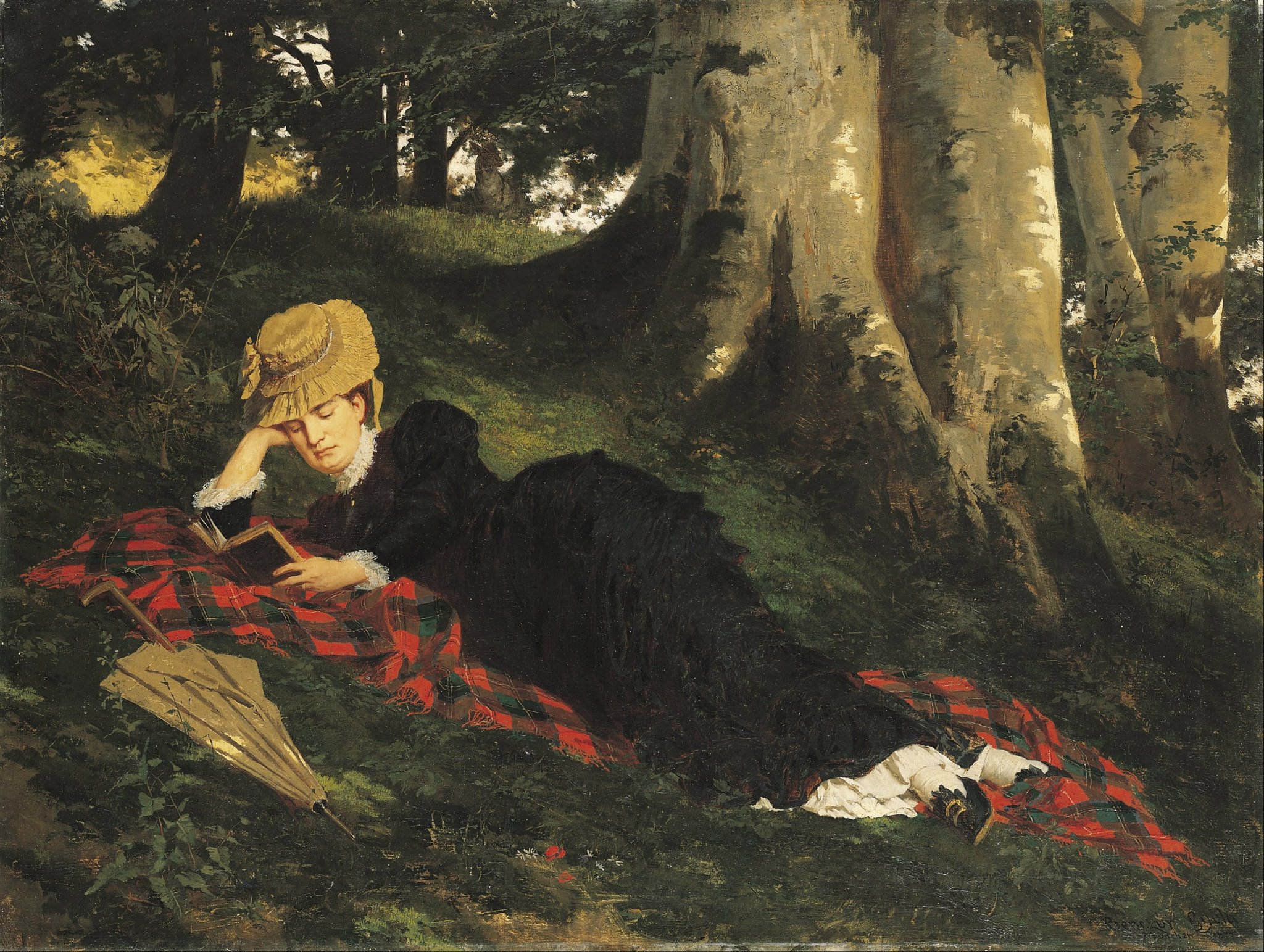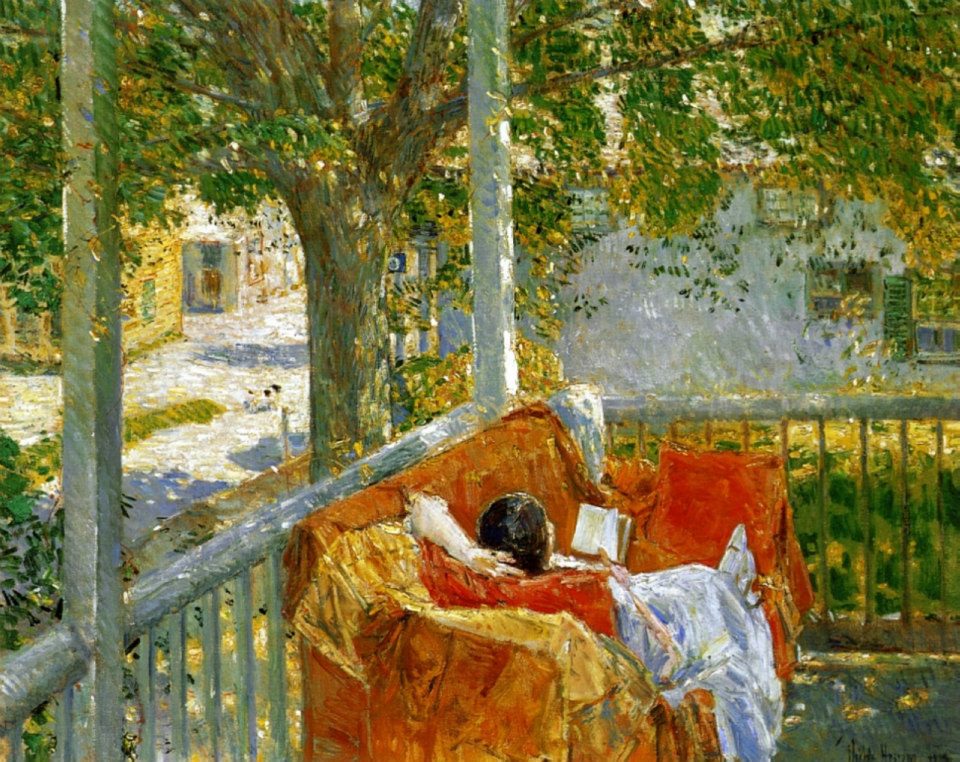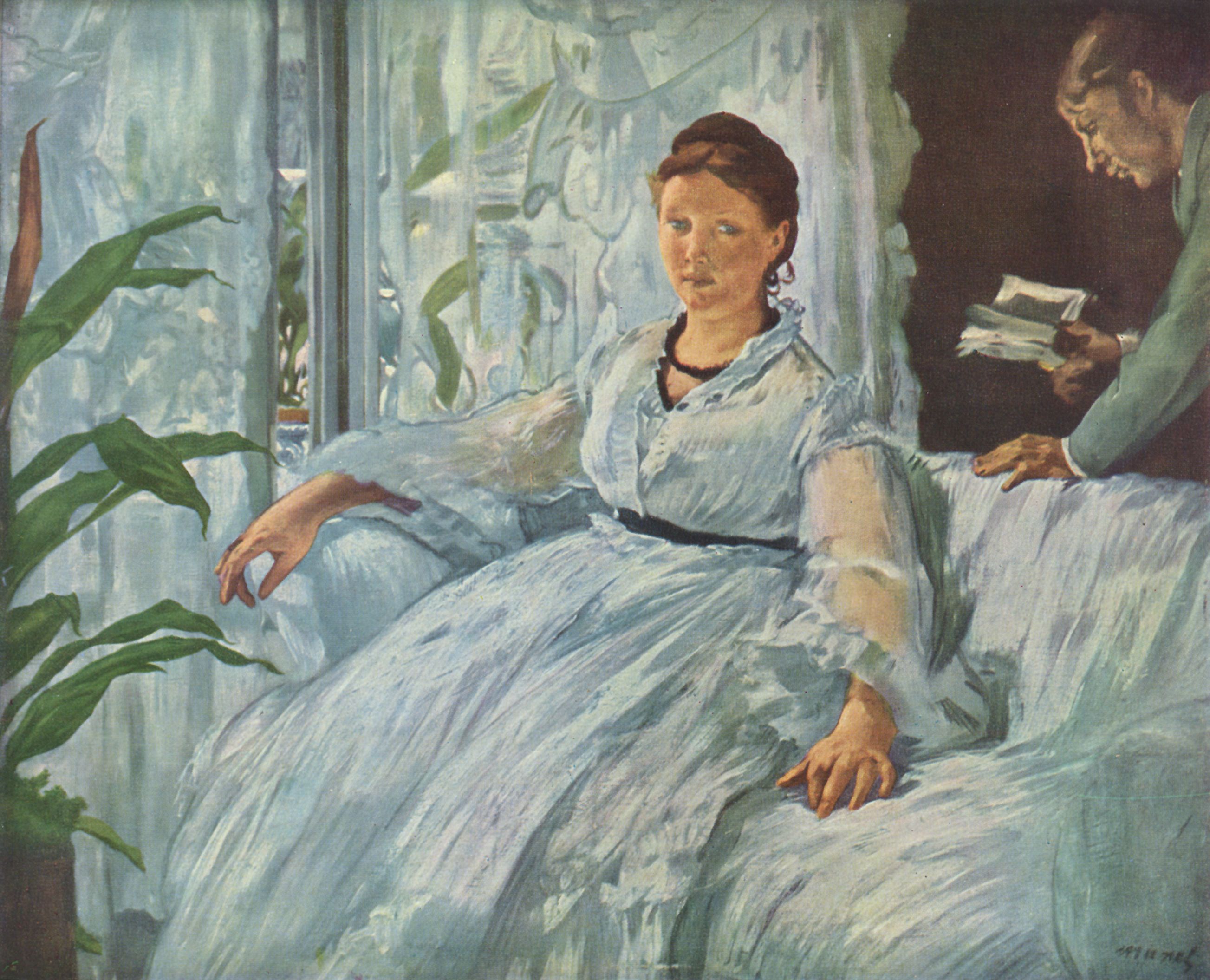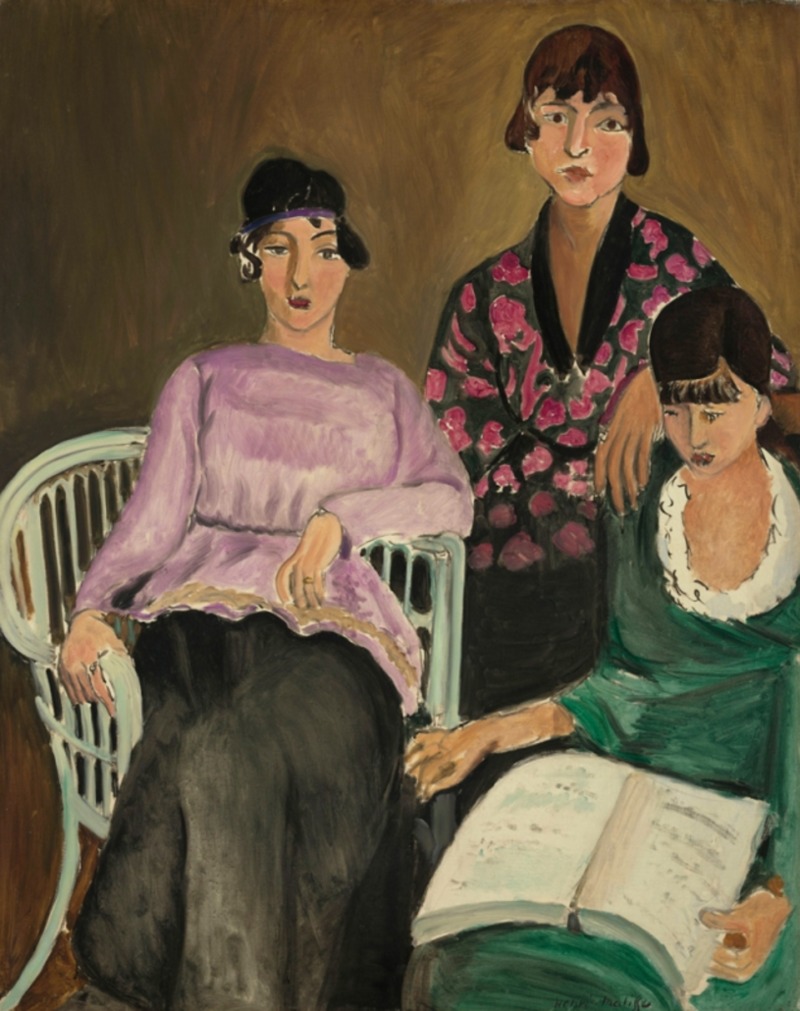In Gustave Flaubert’s masterpiece, released in 1857, the mother-in-law of Madame Bovary complained to her son that his wife is not paying enough attention to her home. She laid the blame at her preoccupation with books:
Busy reading novels, wicked books, things written against religion where priests are made a mockery with speeches taken from Voltaire. It all leads to no good, my poor boy, and anyone with no religion always comes to a bad end.
….
Therefore, it was decided to prevent Emma from reading novels. This was by no means an easy matter. The old lady took it upon herself […] to call in person at the lending library and notify them that Emma was cancelling her subscription. Would they not have the right to tell the police, if the librarian still persisted in his poisonous trade? 1Gustave Flaubert, Madame Bovary: Provincial Lives, trans. Geoffery Wall (Paris: Michel Lévy Frères , 1857; reprint, London and New York: Penguin, 1992), 117.
During the 1800s, as books were being published at an unprecedented scale, more middle class girls, despite the opposition, were receiving basic education. However, there were concerns about the effects of reading on women. At best, many thought of reading books, particularly novels, a distraction from their roles at home as wives and mothers, and at worst an activity through which harmful ideas could be planted in their minds. Art of that period carried clues to how society viewed women who delighted in reading:
1. The first female readers we encounter in art are those reading religious books, particularly the Bible. These were “pure women” who were not interested in secular knowledge or entertainment.
2. Although reading is a strictly intellectual activity, a high proportion of paintings of women reading are nude or partially nude. It’s rare that you come across a painting of a nude man with a book. Why women, then? There could be three possible explanations. Female nudity was ubiquitous in art, with or without books. Also, their nakedness could be a symbol of their vulnerability as they’re engrossed in a world of fiction and sentimentality. Finally, it’s likely that some of the artists wanted to draw an erotic connection between the increasingly popular and kitschy romantic fiction and women readers, especially when they depicted them lying nude in bed with books in their hands.
Note: Nude women, outside mythological (e.g. Venus) or religious (e.g. Mary Magdalena) contexts were not common until the early 1800s. In fact, there were periods where male nudity was just as, or even more, prevalent, as was the case during the Renaissance. For example, view artworks by Michelangelo or Raphael. One must remember that generally speaking showing breasts were not considered nudity. Breasts were not sexualized as they are in today’s culture. From the Renaissance towards the early 1800s, showing legs and ankles would’ve been more obscene than the maternal body parts of a woman.
3. Books, particularly fiction, could corrupt women, who are by nature “impressionable,” and also expose them to harmful ideas. Women were thought to be too emotional to be able to separate fiction from reality. In fact, the French classic novel, Madame Bovary revolves around that very idea:
4. Having time to yourself, even if you’re a man, was not a normal behavior before the 1500s. Reading as an activity changed that, although the change would come much later for women. When women had their own private sphere, the concern was that they might not pay enough attention to the housework. The chores might not get done. For those women, books offered an escape from a dull reality where life exclusively revolved around serving others.
5. Reading is a pleasure that only a few could attain. During the 18th and 19th centuries, you had to be a girl born to a wealthy family to be granted a basic education. Also, books were not cheap, hence reading as a pastime was not for the common folk. In some paintings, the book appears as an accessory. It was once a status symbol like showing off the latest smartphone.
6. Not all women who wanted to read could read. Some paintings show the experience of reading aloud because the female listener(s) were not educated. Another possible reason is that there were not always enough books available (they were too expensive) and hence they were best enjoyed as a group activity.
You might also like:
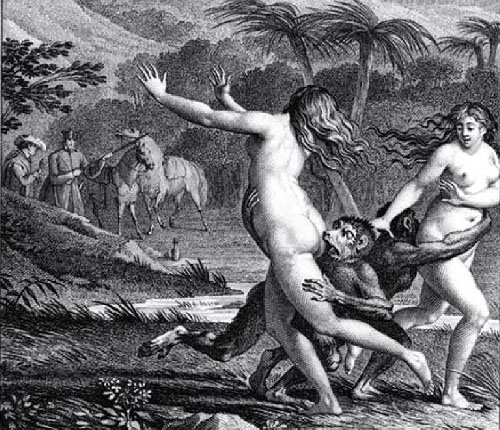
Candide: The shocking passages
Condemned by the French government and the Catholic Church: Read the controversial passages from Voltaire’s Candide (1759)
BOOK: CANDIDE
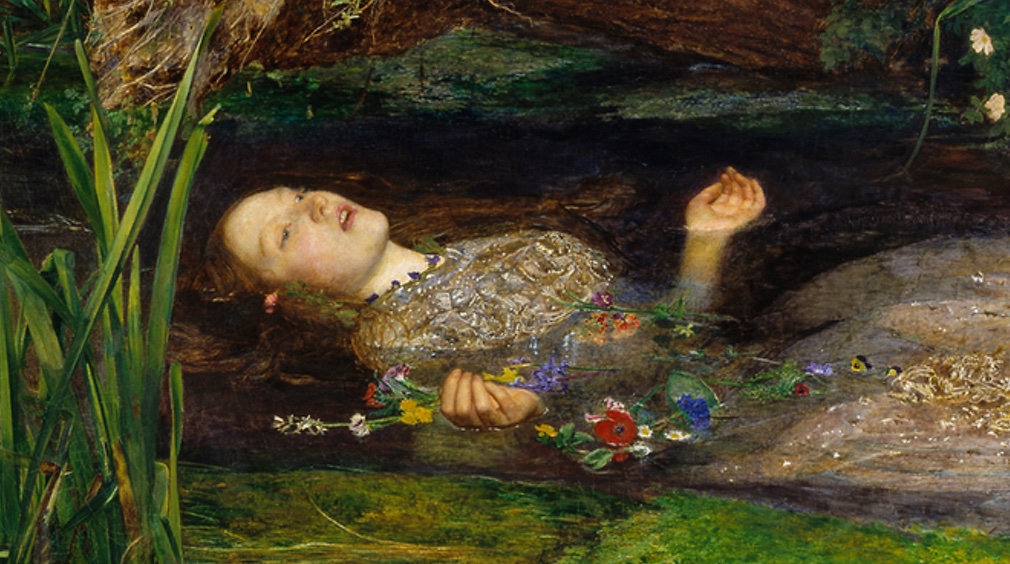
Women in 19th-century novels: Rebellious wives had to die!
Why the heroines of Madame Bovary, The Awakening and Anna Karenina commit suicide?
BOOK: MADAME BOVARY
Endnotes

